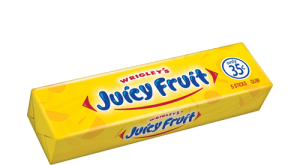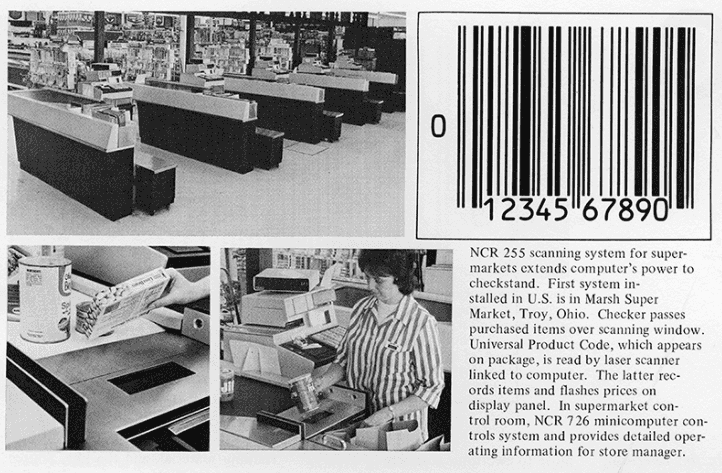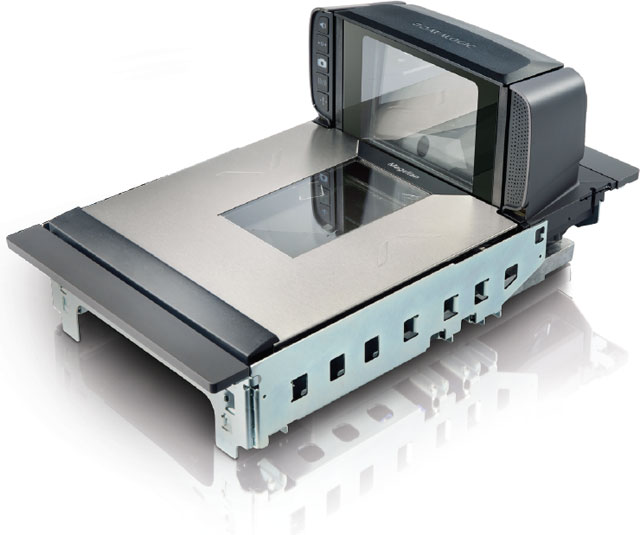Does your grocery store need secondary barcode scanner for faster, more efficient checkouts?

Grocery stores have been hard hit by the coronavirus pandemic, quickly updating store policies to keep customers and employees safe. One way to follow social distancing guidelines and quickly scan a full cart is with a secondary barcode scanner for added flexibility.
How Can Secondary Barcode Scanners Help Your Cashiers?
In addition to the scanner at the checkout, a handheld scanner has many uses for grocery store clerks – it lets you easily scan large items left in the cart, or scan heavy items without picking them up, and easily scans a customer’s store card or a coupon displayed on their phone.

Right now, they also allow the store to minimize contact. A secondary scanner can scan store apps, coupons and store cards without physically touching the items.
Shop Honeywell Grocery & Retail Solutions at Barcodes, Inc.
Honeywell’s Xenon Extreme Performance barcode scanners are a powerful tool for busy grocery and other retail stores. The Xenon XP 1952g wireless scanner is a popular option with several key features for retail:
- Easily reads barcodes, even on damaged packaging or poor-quality printing
- Optimized for scanning printed barcodes and codes on smartphones
- Can perform 450 scans off a single 60-second charge or 50,000 scans with a full charge
If you want a scanner customers can use to scan membership cards or coupons themselves to minimize contact even more, consider the Honeywell Vuquest 3320g scanner instead:
- Universal mounting option for fixed wall-mount scanning
- Scans 1D and 2D barcodes & screens like smartphones
- Laser-free aiming removes the risk of eye injury to customers
Contact Barcodes, Inc. today to discuss your grocery business needs and discover how Barcodes, Inc. and Honeywell can help.
Stop the Spread with New Floor Mats & Door Signs
New social distancing guidelines to stop the spread of COVID-19 in our communities are recommending people should stay at least six feet apart and avoid crowds. Easily communicate changes in your hours to reduce crowds and mark six-foot distances for payment lines with these new AirTrack Stop the Spread mats and signs.

New Stop the Spread Signage
Maintain order in your grocery or convenience store payment lines with new floor mats. These eye-catching signs are easier for customers to spot compared to tape marks on the floor and come in three styles:
- Red sign, 12” x 4”, with white “WAIT HERE” text (packs of 200, 500, 1000, or 2000)
- Black footprint sign, 12” x 18”, with yellow “STAND HERE” text (packs of 200, 500, 1000, or 2000)
- Blue circle sign, 12”, with yellow “PLEASE MAINTAIN 6 FEET OF SEPARATION” text (packs of 200, 500, 1000, or 2000)

New Stop the Spread Window Signs
In addition to standing six feet apart, many stores are changing their hours and creating new shopping hours for elderly customers. These new window signs help customers know the new policies:
What is the First Product to Ever Have a Barcode?
 On the episode of Ellen’s Games of Game last night, she asked a question about what is the first product to be have a barcode? Good question!
On the episode of Ellen’s Games of Game last night, she asked a question about what is the first product to be have a barcode? Good question!
In the summer of 1974, a supermarket located in Troy, Ohio, scanned it’s very first UPC barcoded product, Wrigley’s Chewing Gum. A barcode that can be printed on something as small as a pack of chewing gum. This develops a long interesting history that is constantly evolving; we are still discovering ways to put more information into these machine read-able barcodes.
Present day, we have QR codes to store large amounts of information that can be unlocked and scanned through smart phones. Further, RFID technology allows there to be a chip embedded within a barcode and with single motion, a reader can read and record its presence.

Big company such as Amazon relies heavily on barcodes to keep track of their products by scanning them when its at a packaging point. With the help of a barcoding system the whole supply chain can be managed efficiently and workers can be more productive. A simple scan can avoid human error, save more time, and be able to trace products going in and out of your facility.
Barcodes are truly fascinating, it created a whole new way to track your products and do business efficiently. Find out how to barcode your products today! Contact us at Barcodes and we will help you find a solution that best fits your needs.
Datalogic’s New In-Counter Magellan 9300i and Magellan 9400i scanners

Datalogic has announced the launch of the newest additions to the world renowned Magellan family of in-counter scanners – the Magellan 9300i and Magellan 9400i scanner/scale with 100% full digital imaging capabilities.
The new scanners have digital imagers in all scanning planes to provide seamless reading of 1D and 2D codes without requiring item orientation by the cashier. Datalogic’s patented imaging technology maximizes ergonomic comfort and throughput for both seated and standing cashiers. The Magellan 9400i is also available with support for Digimarc Barcode digital watermark reading to further enhance ergonomics and checkout speed.




